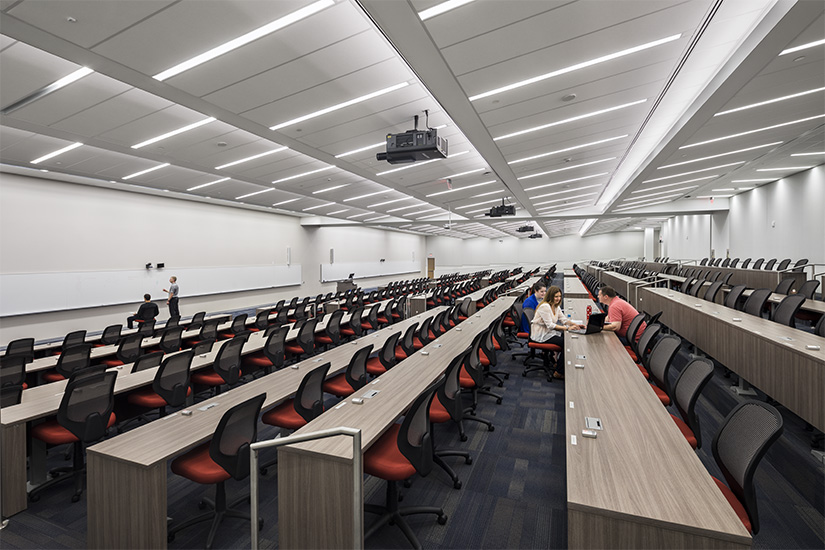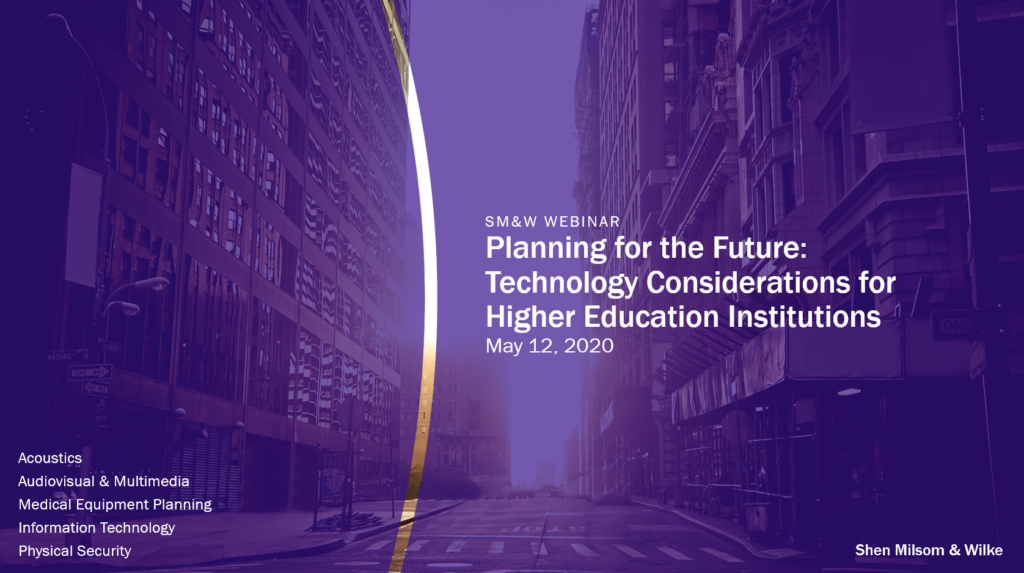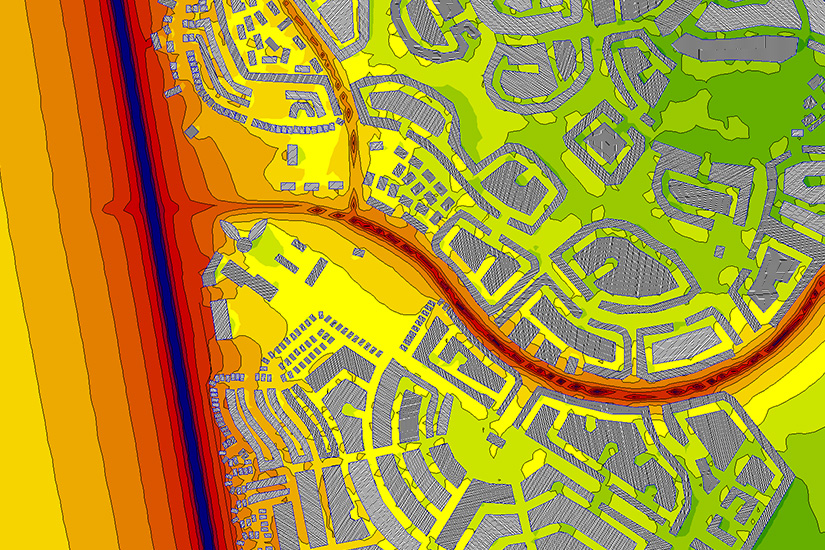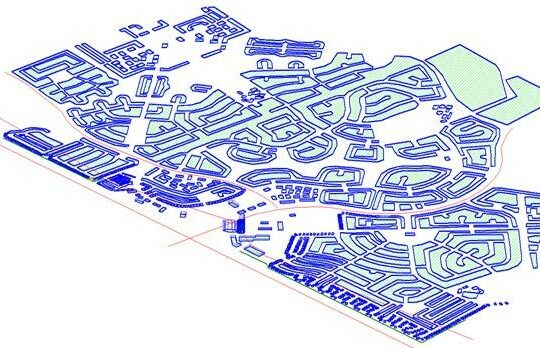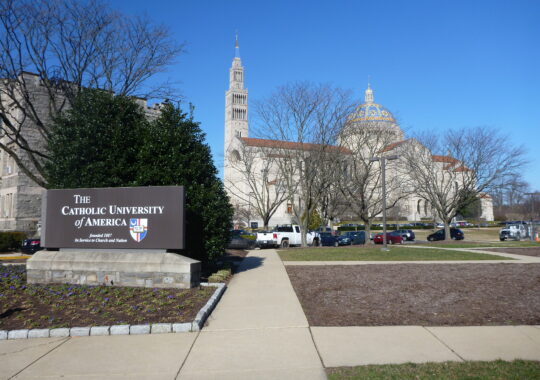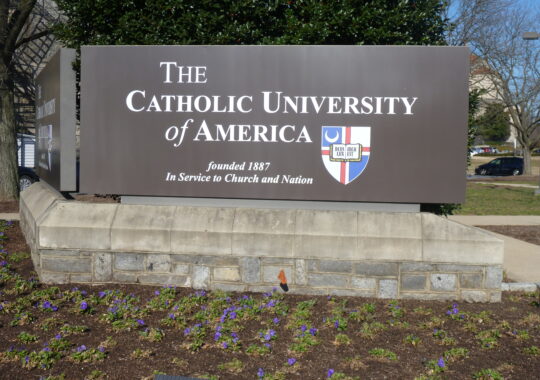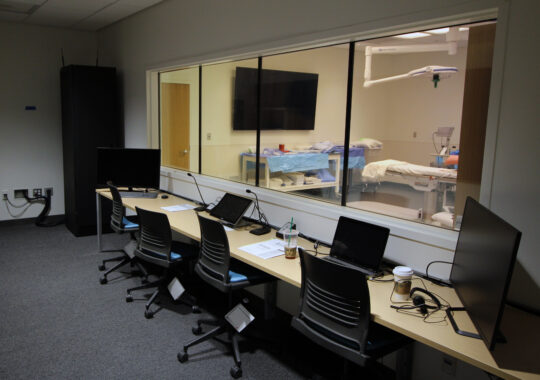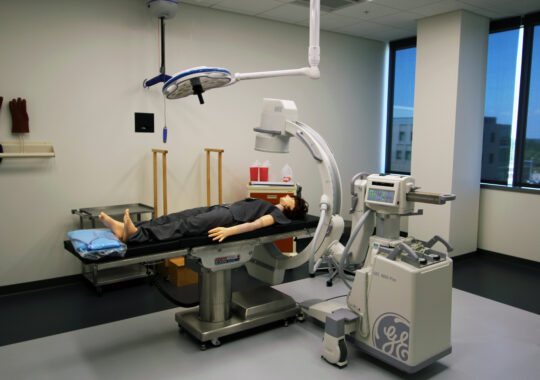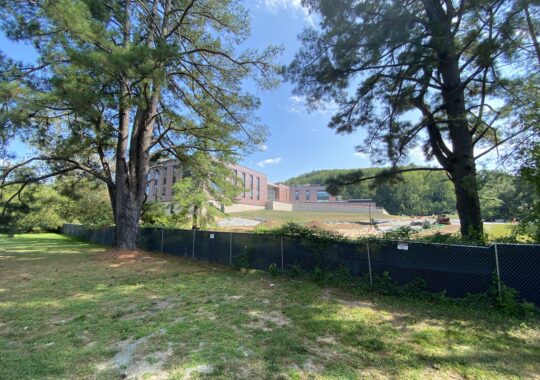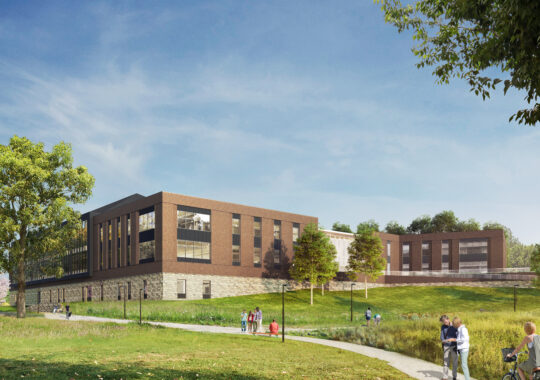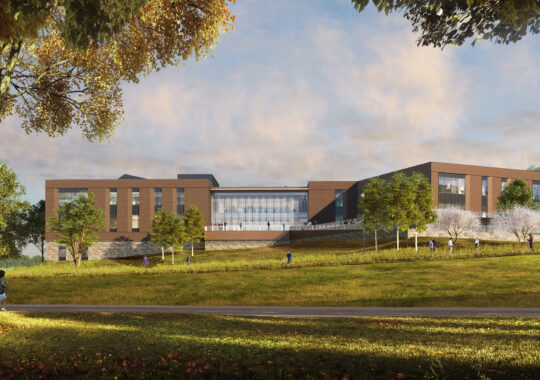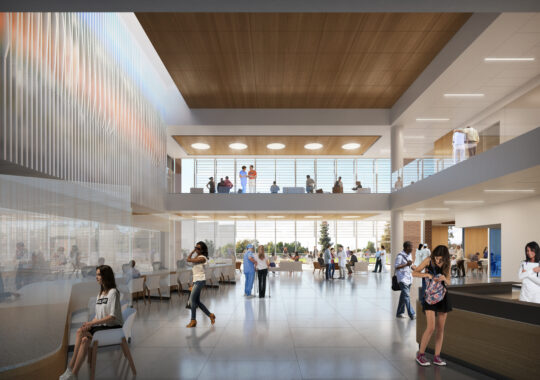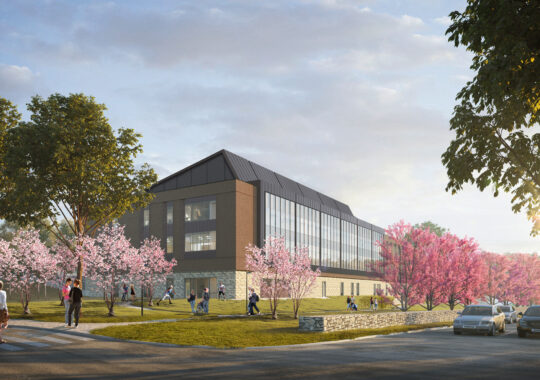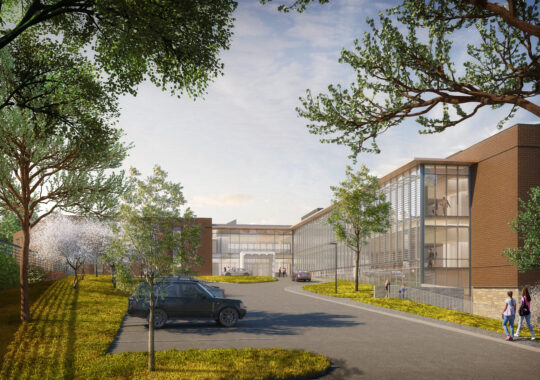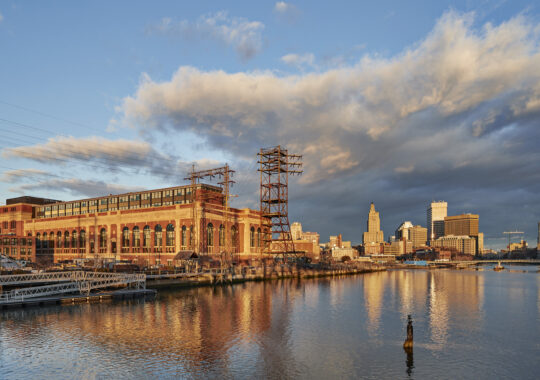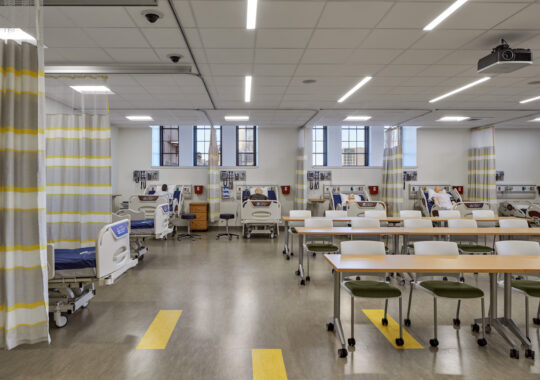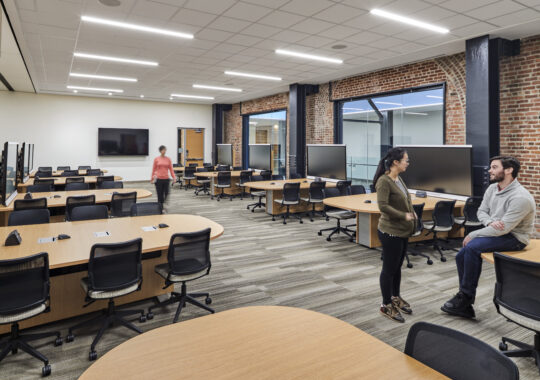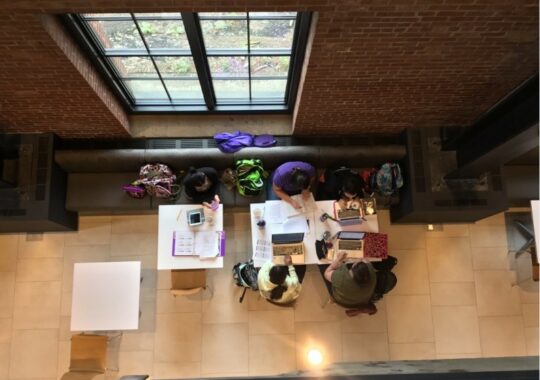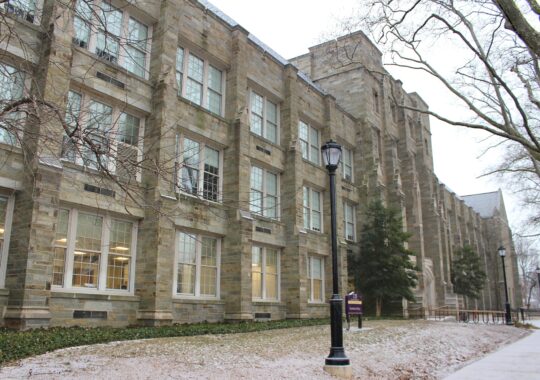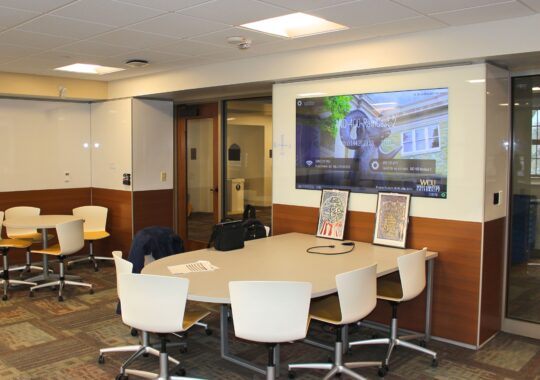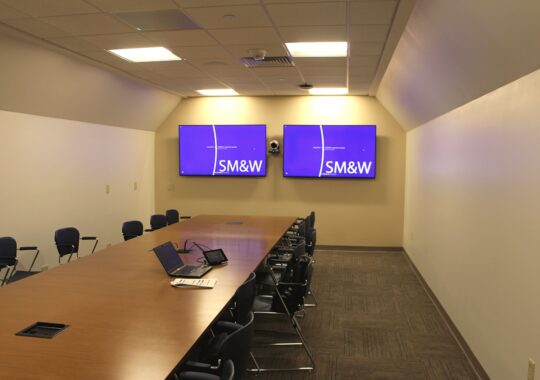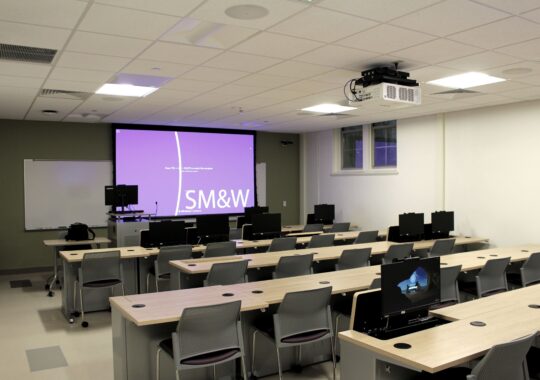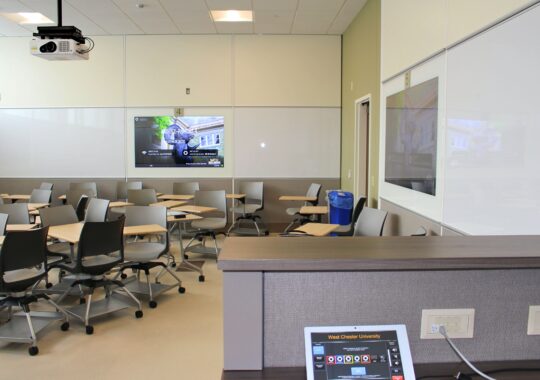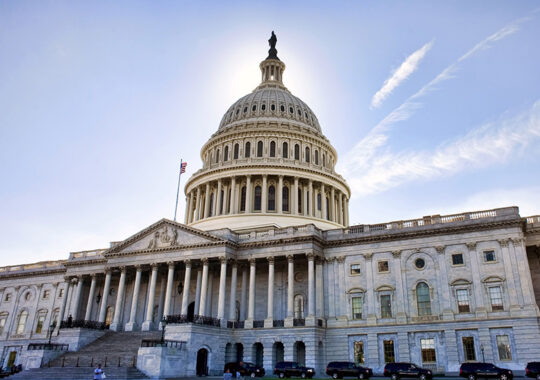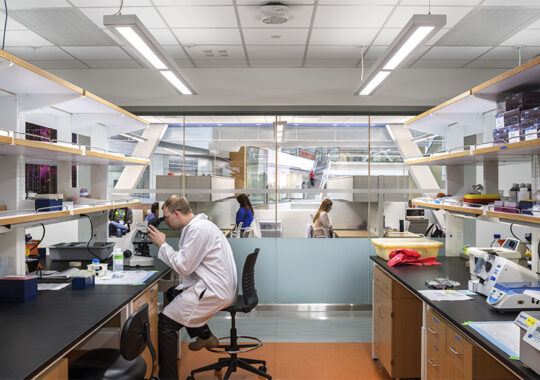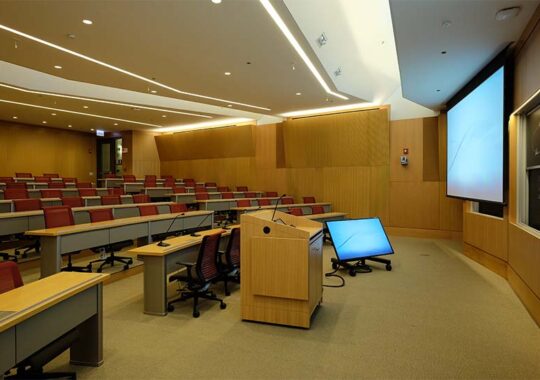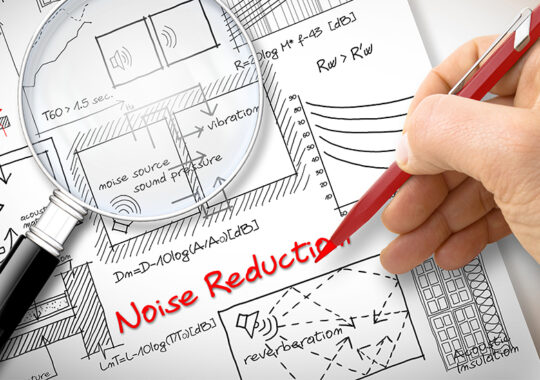On Tuesday, May 12th, 2020, SM&W hosted the third of four webinars in a series titled “Planning for the Future: Technology Considerations in a Post-COVID19 World”. The third webinar focused on technology specific to higher education institutions. Keep reading for a recap.
Whether you are following the news or have family members working at/or attending higher education institutions, everyone is aware of COVID-19’s impact on education providers in the U.S. The virus hit colleges and universities the hardest amid their spring breaks, sending schools scrambling to enable virtual learning options or even ending for the school year. The impact of the virus is profound, with many universities having to furlough faculty, and even some are facing closures. Fall tuition for many is due now, but what will classes entail come September? See what our experts had to say:
Harnessing a Blended Learning Strategy
Recent polls have asked students whether or not they have had a good remote learning experience. Surprisingly, 25% of respondents said they received a good learning experience. However, more than 40% felt that they did not receive a good remote education. This demonstrates the need for improvement among our strategies, knowing that virtual or remote learning might not be going away. We are seeing a change from distance learning to a blended learning environment, where they integrate a flipped classroom, active-based learning, problem-based learning and distance learning all together. Distance learning is a one-way broadcast, much like a webinar, in the sense that there is no live feedback and interaction. By harnessing a blended learning strategy, one is able to invite that live feedback and empower a more communicative learning environment for both those in the classroom and those joining remotely.
It’s not just people in the classroom anymore, it’s a hybrid of those remote and local students. This forces instructors to adapt to technologies to foster those digital interactions. Technology considerations for institutions that could increase the overall experience for both students and staff include:
- Audio Systems, from Microphones to Speakers
- Digital White Boards
- Projectors & Displays
- Recording Systems
- Video & Surveillance Cameras
- Helpdesk & Centrally-Managed Information
- Artificial Intelligence (AI) Programs & Analytics
- Lecture Capture (Software and Hardware)
- Touchless Technologies, from Mobile Credentialing to Iris Readers
Colleges and universities may have some or all of these already, but are they using a holistic approach in deploying? Technology has the ability to facilitate these new norms, but requires the institution to take stock of they have now and re-evaluate how these things are used. Are your systems incorporating avenues for engagement?
Safeguarding Students & Faculty
Protecting assets in terms of physical security is a huge concern. With the potential of students returning to campus, or for those that never left the campus, how can we safeguard students and staff? Policies and procedures are a great place to start. As we all know, we can implement a million dollar security system but if it is not leveraged the right way, it could be a waste of money, time and effort. Technologies, however, are more innovative, intuitive, and less costly than ever before. We are seeing things like temperature sensing cameras flooding the market. We would recommend utilizing these sensing solutions in a scanning area like a lobby or entrance to a building. Universities can use thermal cameras with a blackbody, where calibration ensures the thermal read is more accurate to identify those with an escalated temperature. From there, your policies and procedures can tell you how to address that situation to protect your students and staff.
Because the virus is passed through physical contact whether between people or items touched, we anticipate an increased need for contact tracing. This could be implemented by putting radio-frequency identification (RFID) sensors within credentials. If a sick student enters a certain classroom, we can look back to determine where that student has been and who else may have been in that space in order to reduce the rate of infection and spread awareness of anyone/thing exposed. In the past, this has raised privacy issues, but now may become the norm in ensuring overall campus safety.
Social Distancing in the classroom is also something we need to adapt to. A 150-seat lecture hall may now have a capacity of half of that due to social distancing. Overflow spaces are going to be important in keeping students and faculty safe. Occupancy sensors can measure how many people are in that space and in real time, helping these institutions abide by social distancing measures and laws. In addition, we anticipate a shift in how we use mobile technologies. In the past, schools have been hesitant of using personal devices. However, in this new world, it will be more widely adopted to use things like wireless readers, iris scanners, mobile credentialing, or even wave technology to have a touchless way of entering a space.
Infrastructure Considerations
Infrastructure is imperative to support a blended classroom, as everything we do relies on a robust network infrastructure. A blended classroom can put unique stresses on individual situations that may not have been in practice. Blended learning allows for someone to remotely tune in instantaneously to what is happening, which puts audio and video across the live network. With a paradigm shift such as that, you have to pay attention to the internal bandwidth you have available not only in order to that localized AV equipment to your network, but also out externally to share that video and audio. Maximizing available bandwidth on campuses paramount.
Users, who are traditionally wired in, are now moving to a wireless connection. The question then becomes: do we want to leverage the existing infrastructure we have now or utilize something like 5G to support external and internal constituents? When we start increasing that amount of traffic that comes from the outside, we start to see an increase in openings, or tunnels, to our network. We have to open up several tunnels to support things like software, classrooms, streaming services, etc. The more tunnels, the more vulnerable your network can be, so is something to stay on top of and be aware of.
To date, 30% of polled students said they don’t intend on re-enrolling if schools are fully remote again in the fall. This adds pressure to these higher education institutions to really evaluate their learning environments and technologies. At SM&W we work on different kinds of projects, and have worked on hundreds of universities across the globe. What are some good first steps for these institutions? The good news is a lot of these institutions have a great foundation of systems in place. We recommend starting with an inventory of what you have. From there, you want to interview your students and your staff to understand what their needs are, both immediate and in the long term. Revisiting your policies and procedures and retraining staff will allow you to leverage and modify what you have in place to create a more successful learning strategy.
Click here to view the full webinar recording.
